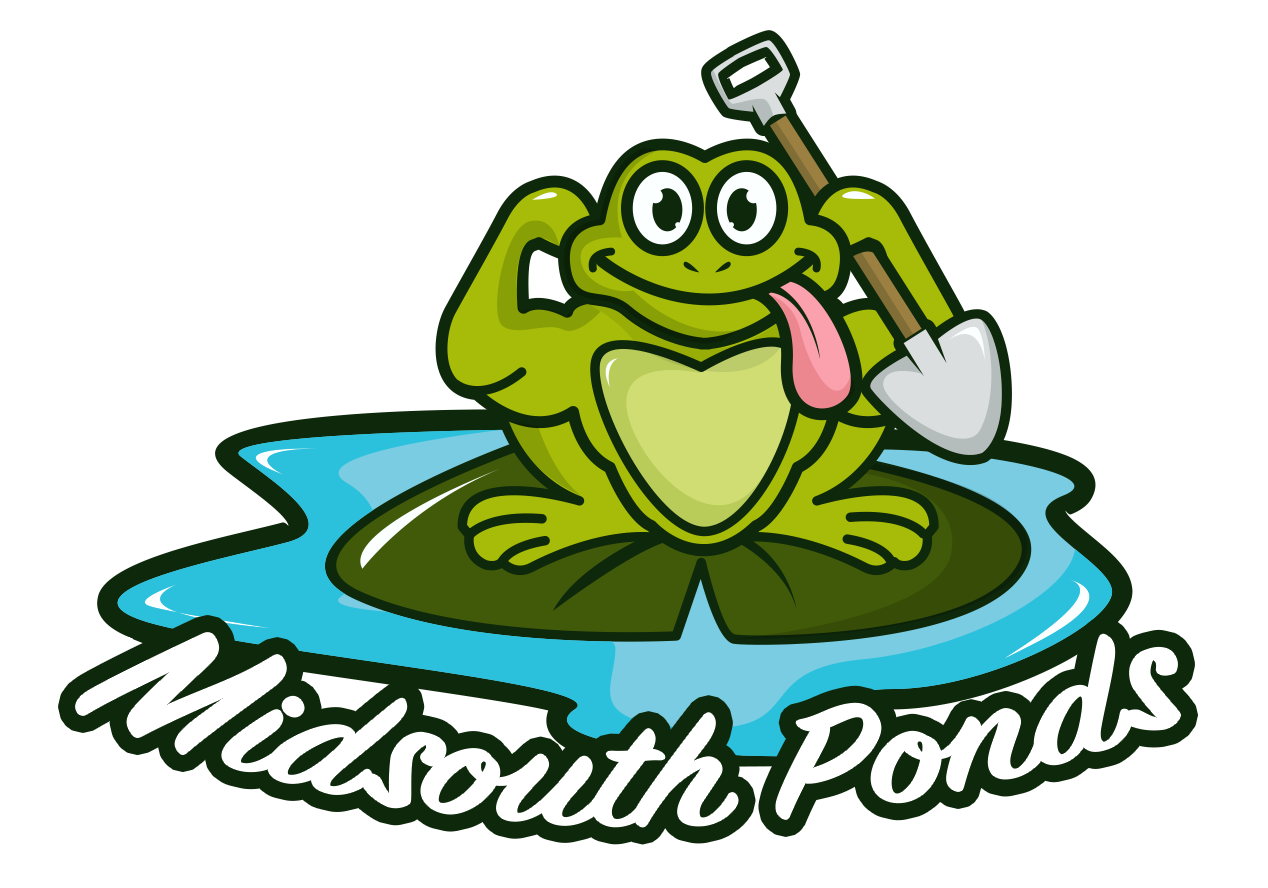As we transitioned from spring to summer and now shifting to the upcoming fall, you may have noticed at some point, a slight drop in your pond water level.
For many experienced pond owners, this can be a common occurrence. However, for a novice owner or someone who’s never experienced water loss before, this may be a caution for concern. Rest assured, no matter what end of the spectrum your expertise falls upon, there isn’t a need to panic, but there is a need to investigate.
Understanding the basic principles of identifying and fixing leaks will help you repair the problem quickly and efficiently.
Evaporating Pond Water
First, let’s have a look at what evaporation is and what it isn’t. Evaporation is defined as the process of turning from liquid into vapor. So is it possible that your pond water is simply disappearing into the air? Sure is!
The amount of water loss will vary according to the region of the country and the season. Ponds that are located in areas of the country with moderate temperatures and high humidity can expect to see 1 to 1 ½ inches of water loss per week during the spring and summer. Most of this evaporation should be replaced naturally by rain. However, if you live in an area with high temperatures and low humidity, it’s possible to see 3 inches or more of evaporation in a week.
Does your pond have a waterfall?
If yes, then you can factor in “splash evaporation” as a potential culprit.
The quantity and size of your waterfall(s) also affects the amount of water that is lost. Regardless of the climate, a 4’x 6’pond with a 20-foot stream and 5 feet of cascading waterfalls may lose as much as 2 inches or more every day!
Why? Splashing and moving water has greater exposure to additional evaporation than does the still water in the pond. If that same pond was 16′ x 21′, you’d probably never even notice the additional evaporation because it’s a larger pond.
What is Not Evaporation? Evaporation is not filling up your pond all the way at night, and waking up the next morning to find the water lower by six inches. If that’s the case, you are now in leak territory. If your pond is experiencing a loss of water at a more rapid rate than normal evaporation, you most likely have a leak. But no worries, we are here to help you find it!
Low Pond Edges
Settling at the pond’s edge is the one of the most common causes of a leak, especially if you own a new pond. Finding a low spot in the liner can be tough because the pond liner used in ponds and waterfalls is covered with stone, plants, rocks, gravel, etc.
What is the definition of a low edge? A low edge or “low spot” occurs in ponds where the ground settles in an area, typically not a large area, and pond liner is too low allowing a small amount of water to go out of the pond.
Usually, the low edges are found around the stream and waterfall where most of the settling may have occurred, especially after a few rainfalls. These areas are usually built up during the construction of the pond using the soil from the excavation, and are the most subjected to settling.
So what’s your first move?
The first line of defense is to carefully inspect the edges of not only your stream and waterfall, but also the perimeter of the pond. As the dirt around the stream or waterfall settles, it can create low spots that may cause water to escape over the edge of the liner.
What to look for?
Keep your eyes peeled for wet mulch or gravel, or muddy areas around the perimeter of your pond – this is a dead giveaway that you have a leak.
If you do find a spot that’s leaking, all you have to do is lift the liner up and push some soil under it in order to raise the edge- Voila! Leak fixed!
Just like “Splash Evaporation”, a similar possibility is that water is splashing out of your stream. This is what we call “Splash Leak” in the pond world. To fix a splash leak, all you have to do is adjust a few of the rocks under and around your waterfall. This contains or redirects the splash and effectively eliminates your splash leak problem without a lot of effort on your part.
Obstructions in the Stream and Waterfalls
If the above theories have been explored and it hasn’t resolved the problem, it’s time to check for obstructions in the stream and waterfalls. Rocks and excessive plant or algae growth inside the stream, or even in your biological filter, can restrict the flow of water and divert it over the edge of the liner. Plants and algae should be maintained by trimming them back in order to let the water pass freely. If you’re not a fan of pulling string algae out by hand, there are products like EcoBlast Contact Granular Algaecide that can be applied to the affected areas.
Still Leaking?
You’ve followed all the other steps and your pond is still showing signs of a leak?
It’s not time to panic, it’s just time to dig a little deeper! Not literally of course, you just need to do a little more investigating.
The first step, shut off your pump for a day so you can determine the approximate location of the leak.
Next, follow these simple step by step instructions to evaluate the cause of the leak:
a. Make sure the pond is filled to the appropriate level.
b. Unplug the pump.
c. Let the pond sit for 24 hours.
d. Let the water level drop, then you know the leak is in the pond.
When the Water Drops:
To source where the leak is occurring, allow the water level to continue to drop. Where the water level stops dropping is the level where the leak is located!
Concentrate your search around the perimeter of the pond at the level that the water has stopped dropping.
At this point, you should probably consider calling in a professional, especially if you’re a newbie to pond ownership and maintenance. A professional can quickly locate and repair the leak in a timely manner. But if you’re an experienced pond owner and enjoy working on and in your garden, it’s certainly a project you can tackle with a little effort and time.
Begin removing any rocks around the perimeter of the pond at the level where the water stopped and check for evidence of a puncture or hole in the liner.
When you locate the hole, cover it with a self-adhesive EPDM Liner Patch.
After, you can replace the rocks, refill the pond back to the top, and enjoy the fruits of your DIY labor!
Steady and Level
If after turning off your pump for 24 hours you find the water level remains the same, it is safe to assume that that the leak is not inside your pond.
Your next step is to check more internal issues:
check the pipe, the plumbing fittings, and the pump connections for leaks.
Another possible common culprit is the faceplate of your skimmer, if you have one. It may not have been sealed correctly. If the water level stops dropping above the bottom of the faceplate, it’s a pretty good indication the skimmer seal is the problem.
If the Leak Is in the Skimmer …
a. Investigate the skimmer faceplate without disassembling it.
b. Simply move a few rocks around the front of the skimmer and slide your hand behind the liner. Feel for wet soil around the opening of the skimmer. If the soil is saturated, then the faceplate may have not been installed properly and might be the source of the leak.
c. Remove the faceplate, clean all of the old silicone off the liner, and refer back to the skimmer instruction manual on proper procedures for sealing the skimmer faceplate to the skimmer.
The entire process of finding and fixing your leak can be time consuming, but it doesn’t have to be frustrating or complicated. Starting with the obvious and easiest assessments like the time of year, low edges or splashing while meticulously working through our list will help you figure out the problem while removing anxiety and annoyance. You’ll be back to enjoying your peaceful pond and all the serenity it brings soon again!



